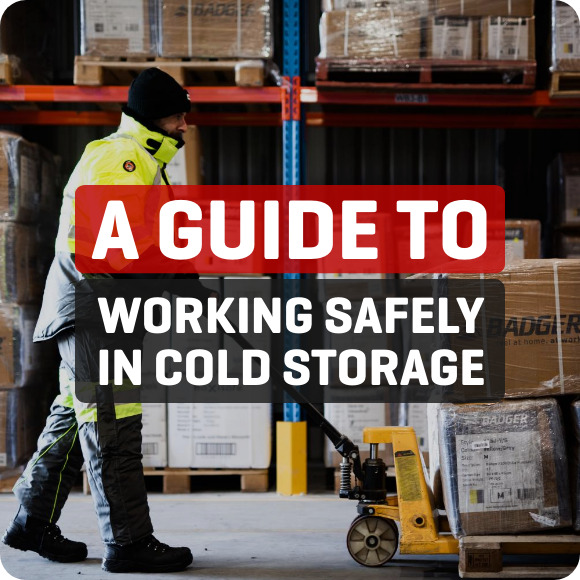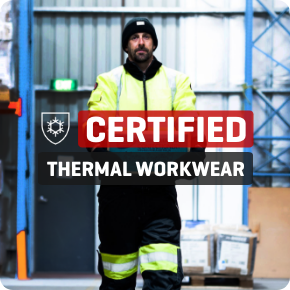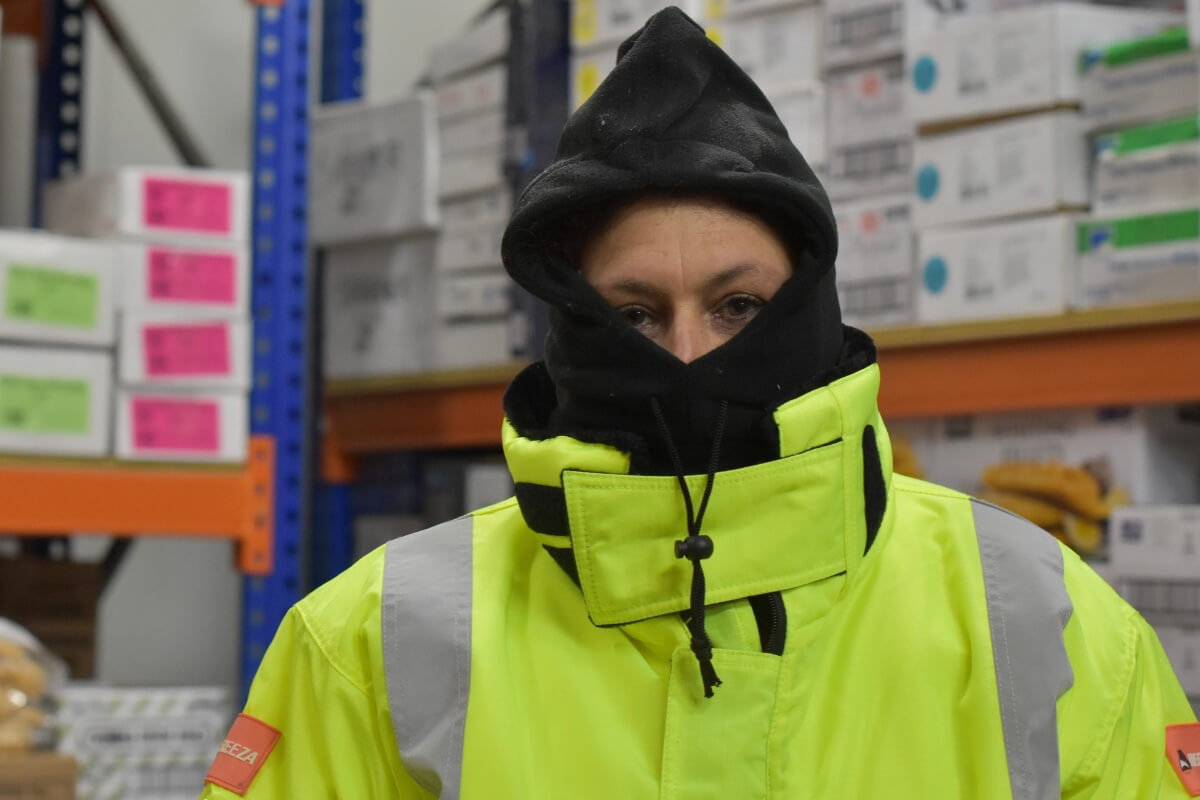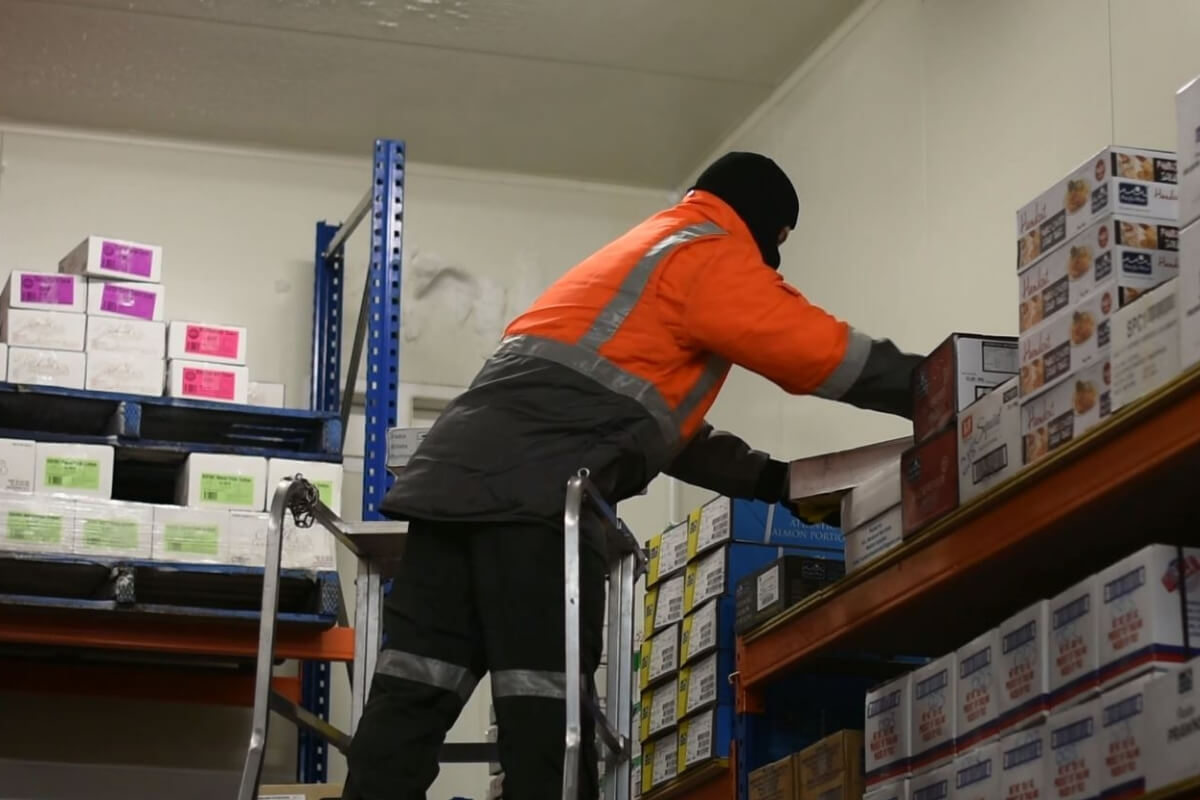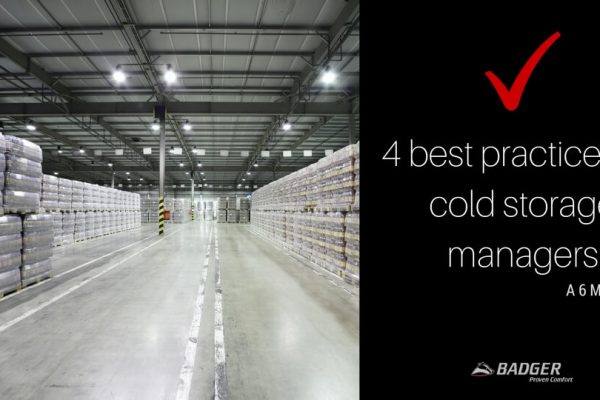
If you’re working in cold storage (chillers, freezers or food production rooms), to remain warm, safe and productive the first thing you are going to need high quality cold storage clothing, better known in Australia as ‘freezer wear’. If you’re new to the industry, trying to decide which type of freezer jacket will suit you and your job role can be confusing. Freezer jackets aren’t that cheap! What if I buy one and I’m cold after a couple of days? If you’re used to the chill and have plenty of experience in the industry, this buying guide will help you ‘double-check’ the gear you’re purchasing for yourself or your staff is suitable and maximises their warmth, comfort and productivity.
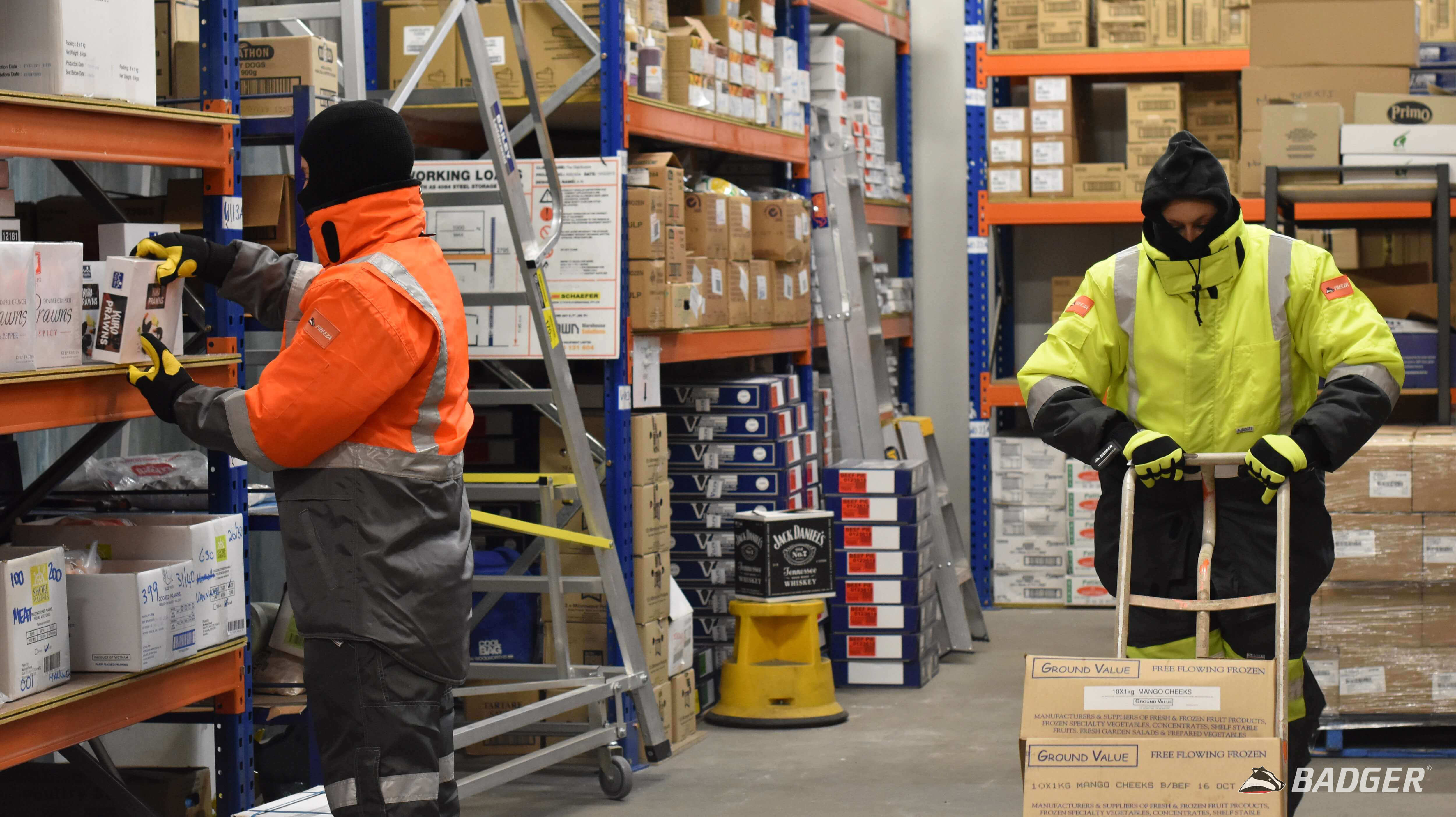 So, what is freezerwear?
So, what is freezerwear?
Cold store clothing or freezerwear is workwear designed specifically for use in freezing workplace environments, most commonly in food production and storage facilities. Regular workwear simply does not have enough insulation and warmth to keep you safe and productive in these environments, so you must invest in freezerwear to keep yourself and your staff safe and well.
Is your freezer wear certified to EN342:2017?
Do you have peace of mind that the garments your staff are wearing are suitable and safe whilst they work in cold environments?
Is your freezer wear tested and certified to the European Standards EN342:2017 – Protective Clothing – Ensembles and garments for protection against cold? To read more about EN342:2017 click here.
A note about the dangers of buying the wrong freezer wear
Before we get into discussing what you should look for in choosing your cold storage jackets, its important to cover off on why this topic is so important. Cold storage workers often operate through multiple shifts, spending hours in sub zero temperatures each day. If your protective clothing is insufficient, this prolonged exposure to freezing temperatures can lead to some serious effects on your body, ranging from decreased physical and mental functionality to serious cold injuries such as frostbite. You can read more about the core dangers of working in cold storage in this article.
1. What temperature and level of activity does my freezerwear need to be suitable for?

When you’re looking to purchase freezer clothing, the first factor to consider is the environment you’re working in. is it a chiller that sits between 0°C and 4°C, or is it a -25°C freezer? Maybe it’s a -60°C blast freezer? (Brrr….!) Next, determine how active your job role inside the cold store is. As you work you generate your own body heat and the more active or physical your work is, the more heat you generate. This is why, and yes, it is kind of crazy, you can overheat and sweat working in a freezer!
Once you know what type of cold store you’re working in and how active your job role is, you can find jacket and trouser to suit. Wearing excess insulation can be just as hazardous as insufficient insulation! Some brands (such as Badger) offer specific freezer clothing ranges for each type of cold store. You can check out Badger’s Thermazone Guide here to decide which will suit your cold storage job role best!
2. Is your freezerwear breathable?
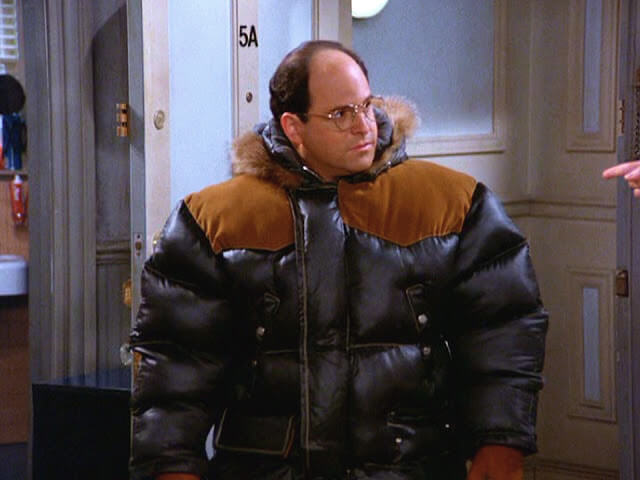
When you imagine a freezer jacket, you are probably thinking of a huge, bulky jacket full of duck down and lined with polar bear fur. Surely, the more you’re wearing the warmer you’ll be?
As we’ve already discussed, as ironic as it seems, it is possible for you to overheat and sweat working in a freezer. Obviously, this can leave you damp and cold, no matter how thick and furry your jacket is!
To avoid overheating, choose freezer wear that is breathable, such as the Badger range. A simple definition of breathability is how quickly or slowly moisture travels through a fabric, so in the case of freezer clothing, how quickly your perspiration evaporates. Traditional freezerwear may accelerate how much you sweat because the insulation, lining and outer fabric is made from materials that don’t breathe. Another way you can limit perspiration is by wearing base layers and/or clothing that wicks sweat away from your skin. Learn more about layering in this article.
3. Is the outer fabric premium quality?
Freezerwear needs to be tough! Its common to see jackets torn to shreds after mere months of use. As you move around the cold store, you brush up against sharp carton corners and pallet racking. Chose freezerwear that has premium outer fabrics, such as Badger’s Tuffa™ Ripstop fabric, so your gear lasts beyond a couple of months! As the name suggests, Tuffa™ Ripstop fabric is crafted to a unique design where small tears or rips in the fabric will not spread. The rips stop!
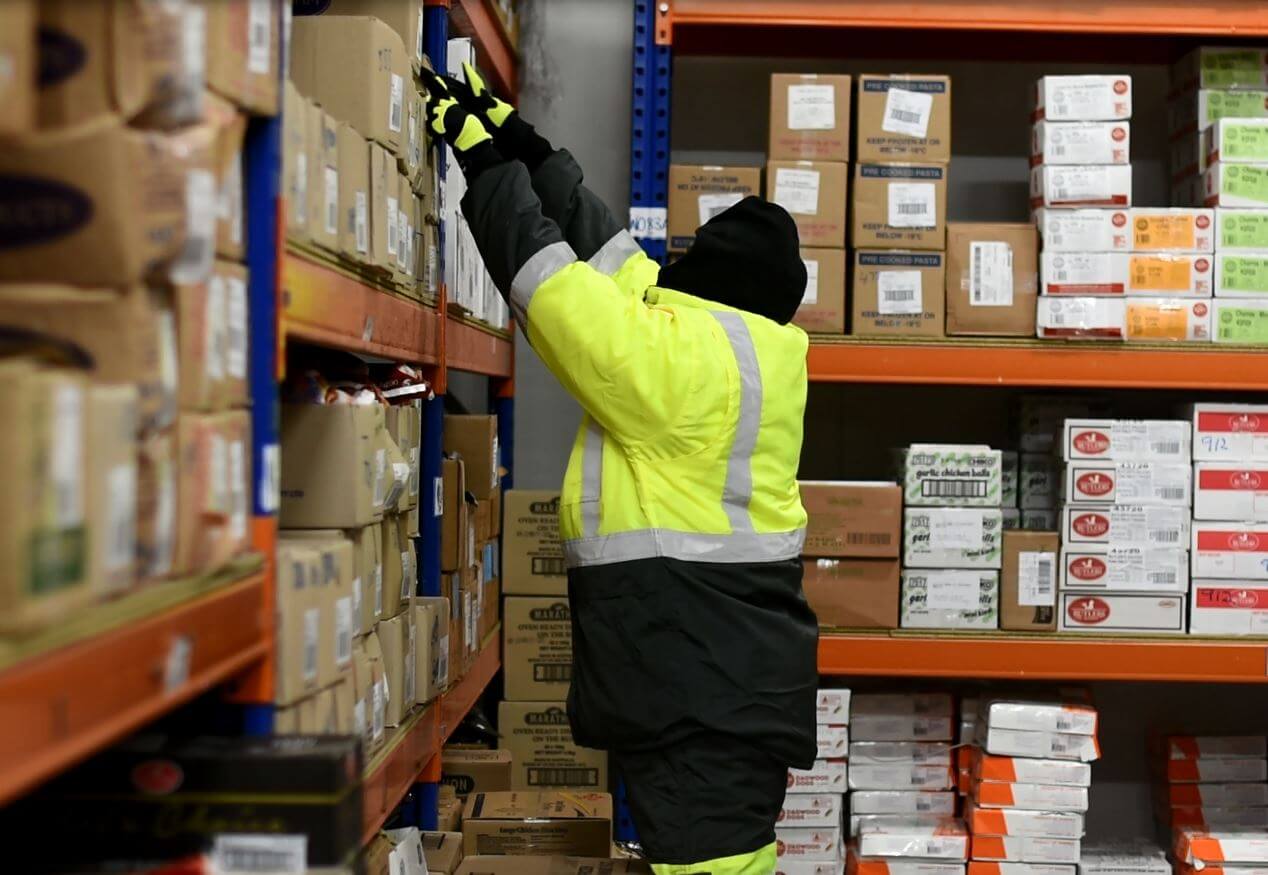
4. How flexible is my cold store clothing?
Modern freezer clothing has become considerably less bulky, while still offering the same level of warmth. Large, bulky jackets hinder your movement as you manoeuvre around your daily cold store work, meaning you burn more energy on every carton you pick and step you make! This could also lead to overheating and dampness, as discussed in point number 2. Choose freezer clothing that is flexible and doesn’t hinder your physical movements day to day.
5. Why is the lining of freezerwear important?
The ‘lining’ is the material on the side of cold store clothing – what touches your skin or under garments. We’ve already touched on the importance of the lining of the clothing you choose being breathable, so you don’t overheat and moisture inside the jacket evaporates quickly. Another point to consider is how durable it is. Jacket lining is often one of the first parts to wear out or wear through, so choose cold store clothing that has heavy duty lining, such as the Badger range.
6. What other features should my cold store clothing have?
Obviously, every freezer garment is different, but below are some features that will make your cold store job that little bit easier everyday:

